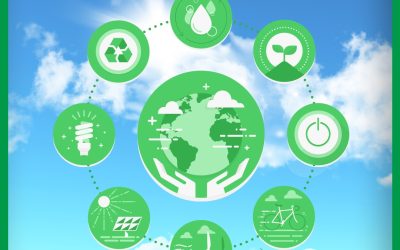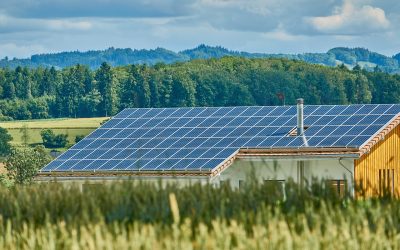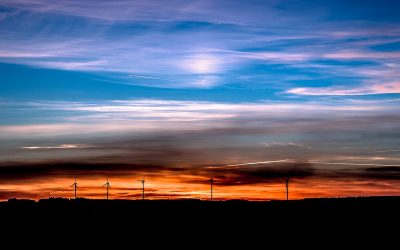So, you’re looking to maximize your energy production, but you’re facing a small space conundrum. Well, worry not, because we’ve got just the solution for you! In our article “Greater Energy Yield From Limited Space,” we explore how you can harness more energy from a limited area. Whether you have a small rooftop or a confined backyard, we’ll show you innovative techniques and technology that can help you make the most out of every square inch. Get ready to unlock the potential of your space and take your energy yield to new heights!
Maximizing Solar Energy Output
Choosing the Most Efficient Solar Panels
When it comes to maximizing solar energy output, choosing the most efficient solar panels is crucial. Solar panel efficiency refers to the amount of sunlight that can be converted into electricity. By opting for high-efficiency solar panels, you can generate more electricity from the limited space available. So, how do you choose the most efficient solar panels? Look for panels with a high efficiency rating, preferably above 20%. Also, consider the technology used in the panels, such as monocrystalline or polycrystalline. Monocrystalline panels tend to have higher efficiency levels but may come at a higher cost. On the other hand, polycrystalline panels are more affordable but slightly less efficient. Assess your energy needs and budget to make an informed decision.
Optimizing Solar Panel Orientation and Tilt
Another key factor in maximizing solar energy output is optimizing the orientation and tilt of your solar panels. The angle at which the panels are tilted and their orientation towards the sun can greatly impact their energy generation. In general, solar panels should be tilted at an angle equal to the latitude of your location to receive the maximum sunlight throughout the year. Additionally, it’s important to orient the panels towards the south (in the northern hemisphere) or towards the north (in the southern hemisphere) to ensure they receive the most sunlight throughout the day. Regularly monitoring and adjusting the tilt and orientation of your solar panels can significantly enhance their energy yield.
Utilizing Solar Tracking Systems
To further enhance solar energy output, consider utilizing solar tracking systems. These systems allow solar panels to follow the movement of the sun throughout the day, maximizing their exposure to sunlight. There are two main types of solar tracking systems: single-axis and dual-axis. Single-axis trackers move the solar panels from east to west, following the sun’s arc across the sky. Dual-axis trackers, on the other hand, not only move the panels horizontally but also adjust their tilt angle to capture the sun’s rays more effectively. Investing in solar tracking systems can increase energy production by up to 20-25% compared to fixed-tilt systems, making it a worthwhile consideration for maximizing solar energy output.
Implementing Concentrated Solar Power (CSP)
For those looking to maximize solar energy output on a larger scale, implementing concentrated solar power (CSP) systems can be highly beneficial. CSP systems use mirrors or lenses to concentrate sunlight onto a small area, such as a solar receiver or a tower. This concentrated light is then converted into heat, which can be used to generate electricity through conventional steam turbines or other mechanisms. By focusing sunlight, CSP systems can achieve higher temperatures, which leads to greater energy conversion efficiency. Though CSP systems require more space compared to traditional solar panels, they have the potential to generate significantly more electricity, making them ideal for large-scale solar power generation projects.
Enhancing Wind Power Generation
Selecting the Right Wind Turbine Technology
If you have access to suitable wind resources, wind power has the potential to be a valuable source of renewable energy. To maximize wind power generation, it’s essential to select the right wind turbine technology. There are various types of wind turbines available, including horizontal axis wind turbines (HAWT) and vertical axis wind turbines (VAWT). HAWTs are the most commonly used due to their higher efficiency and power output. However, in certain situations, VAWTs can offer advantages, such as better performance in turbulent winds and the ability to capture wind from any direction. Consider your local wind conditions, available space, and specific requirements to determine the most suitable wind turbine technology for your energy needs.
Optimizing Turbine Placement and Spacing
In addition to selecting the right wind turbine technology, optimizing turbine placement and spacing is crucial for maximizing wind power generation. Turbines should be placed in locations with consistent and strong wind resources, such as open areas free of obstructions like trees or buildings. The spacing between turbines is also essential to prevent interference and turbulence caused by the wake effect. The general rule of thumb is to maintain a distance between turbines that is at least two to five times the rotor diameter. By carefully considering turbine placement and spacing, you can ensure efficient wind capture and increase overall energy yield.
Utilizing Vertical Axis Wind Turbines
Vertical axis wind turbines (VAWTs) offer a unique advantage in certain scenarios and can be used to enhance wind power generation. Unlike horizontal axis wind turbines, VAWTs have their rotor shaft positioned vertically, allowing them to harness wind from any direction without the need for yaw mechanisms. This versatility makes VAWTs suitable for areas with turbulent or irregular wind patterns. Additionally, VAWTs tend to be quieter, have a smaller footprint, and can be installed at lower heights compared to HAWTs. However, it’s important to note that VAWTs generally have lower efficiency and power output compared to HAWTs. Therefore, carefully analyze the wind conditions and specific requirements before deciding to utilize vertical axis wind turbines.
Exploring Micro Wind Turbines
For small-scale applications or areas with limited wind resources, micro wind turbines can be a viable option to enhance wind power generation. These turbines are designed to capture wind energy in low-wind-speed conditions and can be installed in residential or commercial settings. Micro wind turbines are compact, lightweight, and often have a vertical axis design. They are also relatively quieter compared to larger wind turbines. While micro wind turbines may not produce the same amount of energy as their larger counterparts, they can still contribute to overall energy production and serve as a supplemental source of power. Consider your energy needs, available space, and local wind conditions when exploring the option of micro wind turbines.
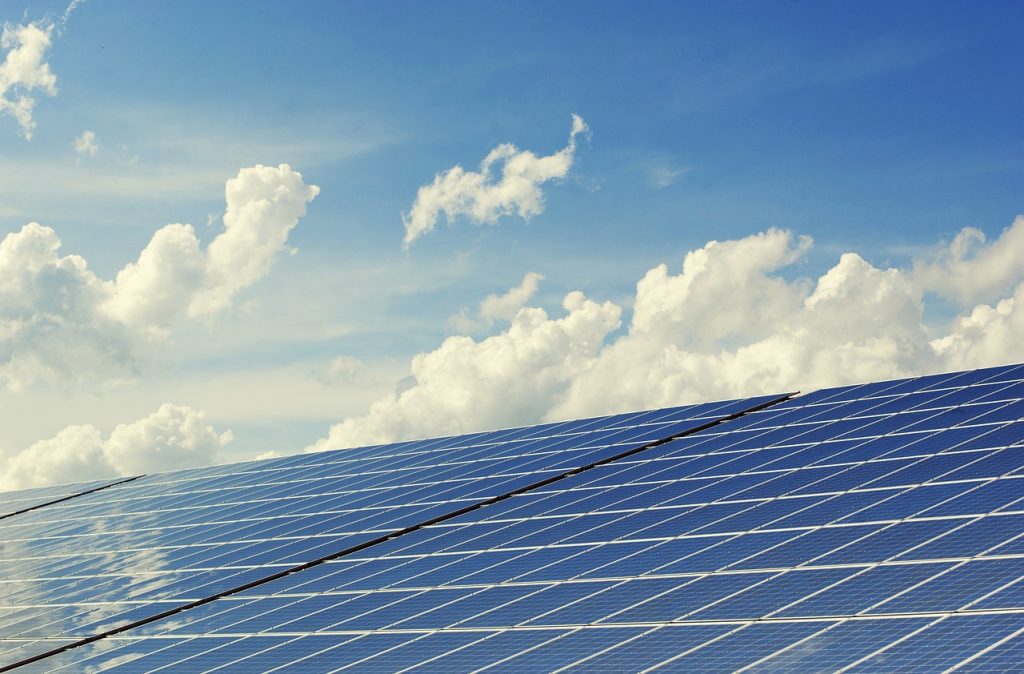
Maximizing Hydroelectric Power
Harnessing the Power of In-Stream Turbines
Harnessing the power of in-stream turbines is an effective way to maximize hydroelectric power generation, especially in areas with flowing water bodies like rivers or canals. In-stream turbines, also known as run-of-river turbines, are designed to capture the kinetic energy of flowing water and convert it into electricity. These turbines can be installed directly in the water stream, eliminating the need for large dams and reservoirs, which can have significant environmental impacts. In addition to their environmentally friendly nature, in-stream turbines can be strategically placed to capture the constant flow of water and generate a steady supply of electricity. Conduct a thorough assessment of your site’s water flow characteristics and consult with experts to determine the most suitable in-stream turbine design for your hydroelectric power project.
Utilizing Small-Scale Run-of-River Hydroelectric Systems
For smaller-scale hydroelectric power generation, utilizing small-scale run-of-river hydroelectric systems can be a highly effective solution. These systems operate on a relatively smaller scale compared to large hydroelectric dams and reservoirs. Small-scale run-of-river systems work by diverting a portion of the river’s flow through a turbine, generating electricity without the need for extensive infrastructure. These systems are often used in remote areas or communities with limited access to the power grid. By harnessing the power of smaller water bodies, small-scale run-of-river hydroelectric systems can provide a sustainable and reliable source of electricity. Assess the availability of suitable water bodies and consult with professionals to determine the feasibility and design of a small-scale run-of-river hydroelectric system.
Increasing Biomass Energy Production
Implementing Anaerobic Digesters for Biogas Generation
To increase biomass energy production, implementing anaerobic digesters for biogas generation is a proven method. Anaerobic digestion is a natural biological process that breaks down organic materials, such as agricultural waste, food scraps, or animal manure, in the absence of oxygen. This process produces biogas, a mixture of methane and carbon dioxide, which can be used as a renewable energy source. Anaerobic digesters capture the biogas and convert it into usable energy, such as electricity or heat. By utilizing anaerobic digesters, you can not only reduce organic waste but also generate a valuable source of renewable energy. Consider the availability of organic waste materials and consult with experts to implement an efficient anaerobic digester system for biogas generation.
Using Floating Island Technology for Algae Cultivation and Biofuel Production
Floating island technology is an innovative approach to enhance biomass energy production by utilizing algae cultivation for biofuel production. Algae are microscopic organisms that can convert sunlight and carbon dioxide into biomass, which can be processed into biofuels like biodiesel or ethanol. Floating island technology involves creating artificial platforms or rafts that support the growth of algae in water bodies, enhancing their productivity. These floating islands can be designed to optimize sunlight exposure, nutrient availability, and water circulation, resulting in higher algae biomass yields. By harnessing algae cultivation and biofuel production through floating island technology, you can not only generate renewable energy but also mitigate carbon dioxide emissions. Consider the feasibility of implementing floating island technology, the availability of water bodies, and the local climate conditions to maximize the potential of algae-based biofuel production.
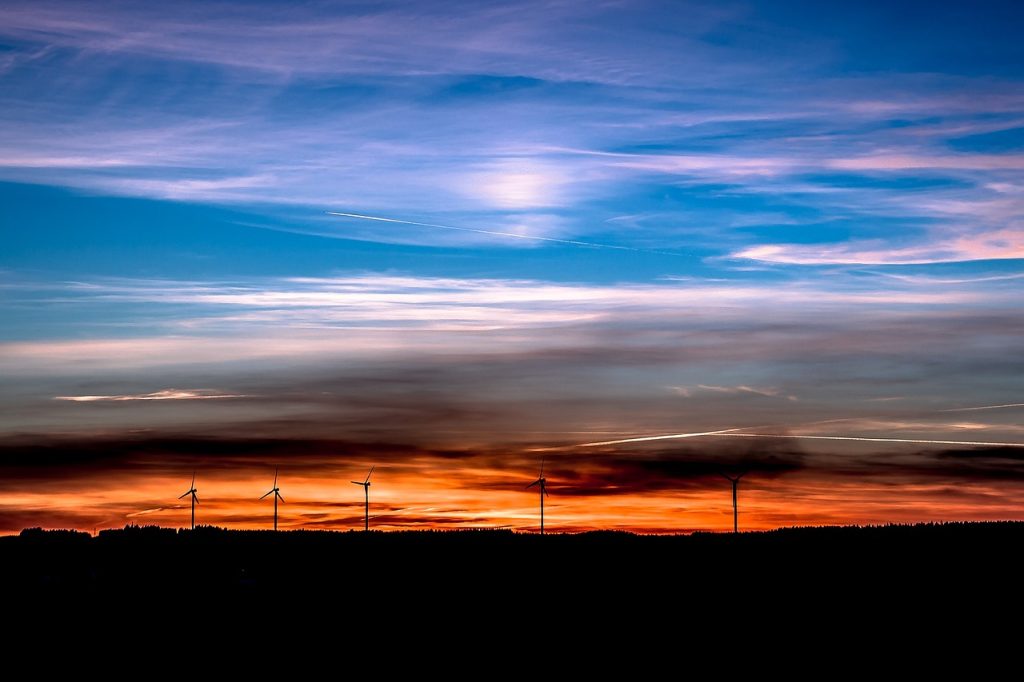
Utilizing Geothermal Energy
Implementing Ground Source Heat Pumps
Geothermal energy is a sustainable and reliable source of renewable energy. One efficient way to harness geothermal energy is by implementing ground source heat pumps (GSHP). GSHP systems utilize the stable temperature of the earth to provide heating, cooling, and hot water for residential, commercial, or industrial applications. These systems circulate a fluid (usually water mixed with antifreeze) through underground pipes, extracting heat from the earth in the winter and dissipating excess heat in the summer. By using GSHP systems, you can significantly reduce energy consumption for heating and cooling purposes, resulting in both environmental and economic benefits. Assess the geothermal potential of your site, consult with experts in geothermal energy, and consider the installation and operational costs to determine the feasibility of implementing ground source heat pumps.
Exploring Deep Enhanced Geothermal Systems (EGS)
For areas with higher temperatures and deeper resources, exploring deep enhanced geothermal systems (EGS) can be a means to maximize geothermal energy production. EGS involves creating artificial reservoirs by drilling deep into the earth’s crust, then injecting water into these reservoirs to extract heat. This hot water can be brought to the surface and used to drive steam turbines to generate electricity. The advantage of EGS is that it enables geothermal energy extraction in areas without naturally occurring high-temperature reservoirs. However, the implementation of EGS is technically challenging and requires careful engineering and geophysical assessments. Despite the complexities involved, exploring deep enhanced geothermal systems can unlock the potential of geothermal energy in regions with suitable geological characteristics, contributing to a more diversified and sustainable energy mix.
In conclusion, maximizing energy output from renewable sources is essential for achieving a sustainable and low-carbon future. By choosing the most efficient solar panels, optimizing solar panel orientation and tilt, utilizing solar tracking systems, and implementing concentrated solar power (CSP), you can maximize solar energy generation. Similarly, selecting the right wind turbine technology, optimizing turbine placement and spacing, utilizing vertical axis wind turbines, and exploring micro wind turbines are key strategies to enhance wind power generation. Harnessing the power of in-stream turbines and utilizing small-scale run-of-river hydroelectric systems can maximize hydroelectric power generation. Implementing anaerobic digesters for biogas generation and using floating island technology for algae cultivation and biofuel production can increase biomass energy production. Lastly, by implementing ground source heat pumps and exploring deep enhanced geothermal systems (EGS), you can effectively utilize geothermal energy for various applications. Embracing these strategies and technologies will not only maximize energy output but also contribute to a greener and more sustainable future.








